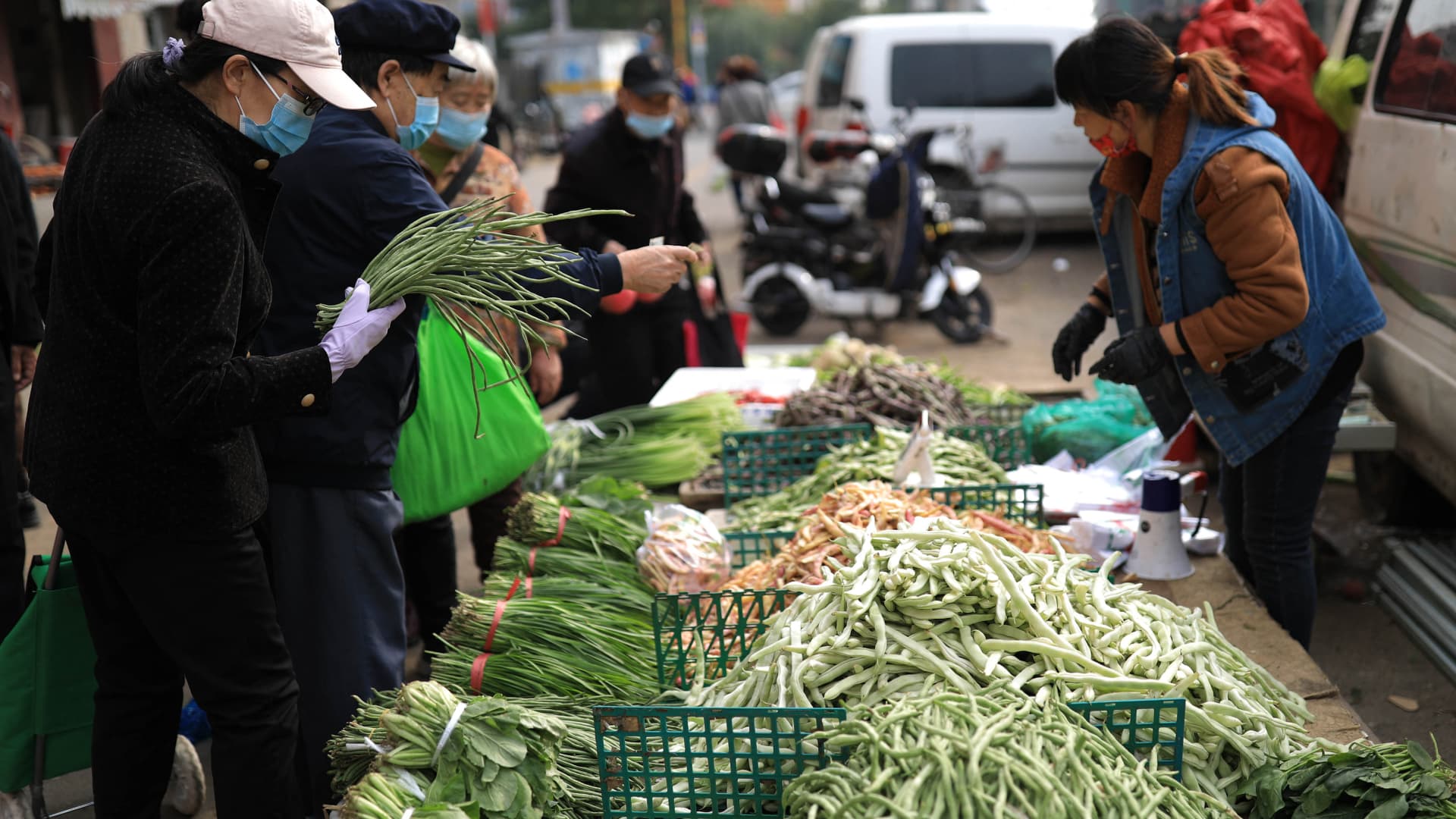Asia could be a bright spot amid global downturn next year, economists say

Asia — especially Southeast Asia — remains a bright spot, even as the global economy looks set to head into recession next year, economists say.
The strong economic rebound in Asia earlier this year has lost its momentum due to three “formidable headwinds” — that is, rising interest rates, the war in Ukraine and the impact of China’s subdued economic activity, the International Monetary Fund said last week.
“Despite this, Asia remains a relative bright spot in an increasingly dimming global economy,” the IMF said in its latest outlook report “Asia Sails Into Headwinds From Rate Hikes, War, and China Slowdown.”
The IMF predicted growth for Asia and the Pacific at 4% this year and 4.3% in 2023, with both below the 5.5% average over the last two decades.
Still, they are higher than the fund’s forecasts for Europe and the U.S. The IMF is expecting growth of 3.1% in 2022 and 0.5% in 2023 for the euro area; and 1.6% growth this year and 1% next year for the U.S.
China will recover a muted year and may post a 3.2% growth this year before accelerating to 4.4% next year assuming its Covid-zero policies are loosened gradually, the IMF says.
Str | Afp | Getty Images
Overall, Asia’s path will be different from many advanced economies such as Europe as it serves as a “useful diversifier that is insulated to a degree from the struggles facing Europe,” Fidelity’s Portfolio Manager Taosha Wang said in a note last week.
“This implies more headroom for growth-oriented policies in the region, which differs from many other parts of the world where high inflation is forcing central banks to tighten financial conditions,” Wang said.
Southeast Asia’s strong recovery
Southeast Asia will likely enjoy a strong year ahead, the IMF said.
Vietnam is expanding from being at the center of supply chain diversification efforts while the Philippines, Indonesia, Malaysia and India will likely grow between 4% and 6%.
Tourism in Cambodia and Thailand will pick up, the IMF added.
So far, exports from the ASEAN-6 — made up of Indonesia, Malaysia, Philippines, Singapore, Thailand, and Vietnam — have outperformed North Asia and the rest of the region, according to DBS Bank. Higher commodity prices and supply disruptions helped exporters such as Indonesia.
“Asia remains a relative bright spot in an increasingly dimming global economy”: IMF
Anna Moneymaker | Getty Images News | Getty Images
Manufacturing purchasing managers indexes in Indonesia, Philippines, Thailand, and Vietnam “broadly stood in the expansionary zone of above 50 in September, DBS analysts Chua Han Teng and Daisy Sharma said in a note. That puts these countries higher than countries like South Korea and Taiwan.
South Asia’s dim outlook
But the outlook for Asian frontier markets such as Sri Lanka and Bangladesh remain dim, the IMF report said.
Sri Lanka is still experiencing a severe economic crisis while in Bangladesh, the war in Ukraine and high commodity prices have dampened its recovery from the pandemic, it added.
“High debt economies such as Maldives, Laos and Papua New Guinea, and those facing refinancing risks, like Mongolia, are also facing challenges as the tide changes,” the IMF said.
As for China, it would likely see a recovery this year and might post a 3.2% growth in 2022 before accelerating to 4.4% in 2023 — assuming its Covid-zero policies are loosened gradually, the IMF said.
However, Fidelity cautioned there are still many uncertainties with China. For example, the 20th Party Congress — which kicked off this past weekend — could “herald more policy certainty” heading into the new year while the Chinese yuan could struggle further against a strengthening U.S. dollar.









